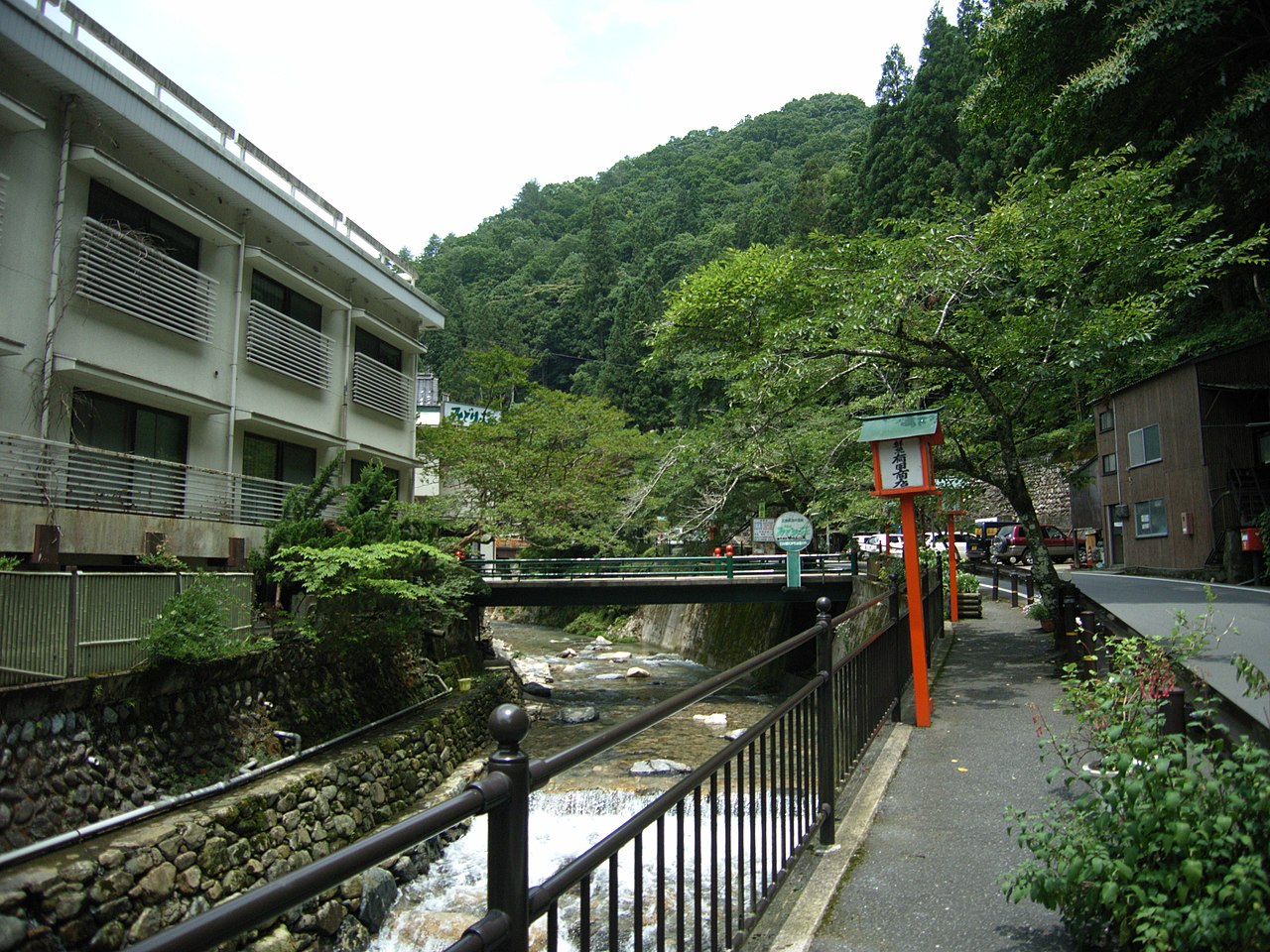Nov 27, 2018
Onsen In and Around Hiroshima

Hot springs, or ‘onsen,’ are a great idea any time of year, but there’s something about being outside and up to your chin in hot water that just really appeals in the depths of winter. Fortunately, you don’t need to book a room at one of the famous Kyushu hot springs towns, which are entirely overrun with tourists anyway. There are plenty of choices for a spontaneous hot springs getaway right here in Hiroshima.
Two words of warning. Even if you’re a complete novice, you doubtless know that there’s more to taking an onsen bath than just stripping down and entering the tub with a flawlessly executed back somersault. But if you want more in the way of guidance, you’ll find a good rundown of basic etiquette here. Also, in this part of Japan, many (but by no means all) natural hot springs contain trace amounts of radon.
Locals insist that the stuff is not only harmless, but beneficial, and the presence of the element is a selling point for these onsens. In their defense, at least one study of Misasa in Tottori Prefecture, where radon levels are three times as high as elsewhere, found significantly fewer cancer fatalities over a seventeen year period than in control areas. The town even hosts an annual Marie Curie festival. Of course, we all remember how Marie died. I leave it up to you to make your own decisions.
Three of the onsen listed below, Miyahama, Yu-no-yama and Yuki Lodge, are weak radon style hot springs.
Miyahama Hot Spring
This popular onsen is in Hatsukaichi city, only fifteen minute’s drive from the Miyajimaguchi ferry terminal. There are four inns, including Sekitei, well known for its garden. Many of the baths come with carefully framed views of Miyajima and the Seto Inland Sea. Come for the bath and, if you like, stay for the food. Both Sekitei and Hatago Sakura (another inn) compete to provide the best cuisine. Of course, you’re free to simply bathe as well, but this makes a very easy (albeit somewhat pricey) overnight getaway from downtown Hiroshima.
Address: Miyahama Onsen, Hatsukaichi City, Hiroshima, 739-0454
Access: 8-minute drive from the Ono Interchange on the Hiroshima-Iwakuni Road. Signs are clear.
Hours: Bathing Hours from 10:00 to 23:00 (last entry at 22:30)
Admission: Each of the inns has its own pricing. Benimansakunoyu, for example, charges 700 yen for adults and 400 yen for children 12 and below. Call the number below or check separately.
Telephone: 082 9-30-3533
Website: http://miyahamaonsen.com/
Yu-no-yama
This is one of those onsens with a history that may, or may not, be entirely on the up and up. Apparently discovered almost 12 centuries ago, what is certain is that Yu-no-yama was used by the Asano clan, lords of Hiroshima during the Edo period. It is a designated Significant Intangible Folk Cultural Asset of Japan, and with the picturesque Yuyamamyo Shrine set on a hill above the springs, it’s a pleasant place to take a hot bath. This is another weak radon type spring, and a special feature here is the ‘Utase yu’ bath, where cooled water pours from a height onto bathers, providing an invigorating massage.
Address: Oaza-wada, Yuki-cho, Saeki-ku, Hiroshima City, 738-0601
Access: About 25 minutes from the Itsukaichi Interchange and Hatsukaichi Interchange, via prefectural Route 41 of the Sanyo Expressway. Map on English website below.
Hours: Public bathing 9:00 to 20:00 (last entry 19:30)
Admission: Adults, 350 yen. Children, 150 yen.
Telephone: 082 9-85-0111
Website: http://yuki-lodge.jp/yunoyama/ Limited English here: https://www.hiroshima-navi.or.jp/en/post/007152.html
Yuki Onsen Lodge
Very close by Yu-no-yama are the several inns of Yuki Onsen. You’ll find the same kind of water here, as well as mountain scenery and a variety of dining options. Most day visitors head straight for the large Yuki Lodge, which is best equipped to accommodate guests who don’t intend to stay overnight. If there’s no snow on the ground, and there shouldn’t be this close to the coast, the area also offers some excellent hiking, or just a chance to stroll past the houses backed along the little Minochigawa River.
Address: 2563-1 Tada, Yuki-cho, Saeki-ku, Hiroshima-shi 738-0721
Access: Follow the same route you would for Yu-no-yama, and follow signs for Yuki Lodge.
Hours: 10:00 to 21:00 (last entry at 20:30)
Admission: Adults: 570 yen for single entry, 880 yen for an all-day ticket. Children, 210 yen single entry, 420 yen all-day.
Telephone: 082 9-85-0111
Website: https://yuki-lodge.jp/
Megahira Hot Spring Ski Resort
We’re moving deeper into the mountains now. In case you haven’t had enough skiing yet at any of the three resorts profiled in this month’s ski/snowboarding piece, you can look into a day trip to Megahira, the closest ski resort to downtown Hiroshima. It’s got less to offer as a ski resort than some of the others, but it’s still fun, with a good snowboard park and nearly six kilometers of ski runs.
As an onsen destination, there are two reasons you might choose Megahira. First, no radon, if that’s something you’re uncomfortable with. Second, if you’re shy about getting naked, or you’re with a mixed-sex group who wants to bathe together, there are mixed baths here where patrons are required to wear bathing suits. For some, this may be a gentler introduction to the onsen experience.
For purists, of course, there are still sex-segregated baths where you go as God made you. On the women’s side, there’s even a bath made from the wood of a 45,000-year-old tree brought from New Zealand. And that’s not a chance you’ll get every day!
Address: 4301 Yoshiwa, Hatsukaichi-shi, Hiroshima-ken, 738-0301
Access: By car, about two kilometers from Yoshiwa Interchange off the Chugoku Expressway. Follow signs.
Hours: 10:00 to 21:00, Closed Mondays
Admission: Swimsuit baths; Adults, 1680 yen, Children 6-12, 840 yen, Children 3-5, 420 yen.
Segregated baths; Adults, 840 yen, Children 6-12, 420 yen, Children 3-5, 210 yen.
Telephone: 082 9-40-3000
Website: http://www.megahira.co.jp/pc/spa.html
windowmoon [CC BY-SA 3.0], via Wikimedia Commons


About the author